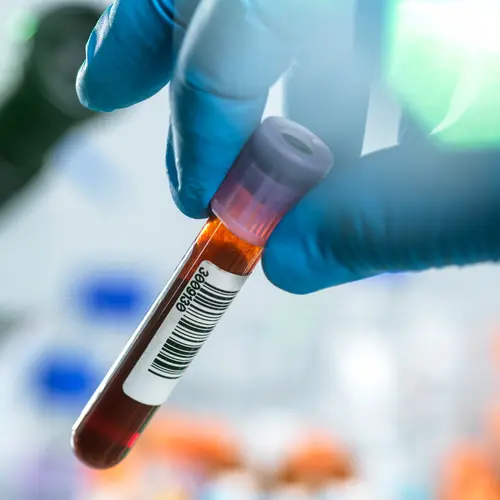What Is a Testicular Exam?
A testicular exam is a check of the look and feel of your testicles, to see if there may be any problems. You or your doctor can do it.
The testicles are part of a man’s sex organs. They’re in a pouch called the scrotum, located behind and below the penis. They make sperm and the male hormone testosterone.
Who Needs a Testicular Exam and How Often?
Every man should have a testicular exam. There is no recommendation that a testicular exam should be part of your annual physical exam. But your doctor may suggest that you do a self-exam on a regular basis. Some doctors recommend checking your testicles once a month. Others say it's fine to have your doctor check once a year.
If you are having problems, or notice a lump or other changes in how your testicles feel or look, tell your doctor.
Exams can be a good way to find lumps that could be cancer or another problem.
How to Do a Testicular Exam
There’s no harm in a self-exam, and doctors say it’s good to know how your testicles look and feel so you can notice any changes.
A self-exam is quick and painless. It takes only a few simple steps:
- Take a warm shower or bath to allow the heat to relax the skin of your scrotum.
- Hold your penis out of the way.
- Examine one testicle at a time using both hands. Roll it between your thumb and fingers.
- Feel for a pea-sized lump. If you see or feel something like that, contact your doctor. It’s probably nothing to worry about, but it’s important you make note of it.
- Check for any changes in the size, shape, or feel of your testicles. One might be of a different shape or size than the other. That’s OK, but the shapes and sizes shouldn’t change. One might hang lower than the other. That’s normal, too.
Don’t worry if you feel a cordlike structure behind each testicle. It’s a normal part of the part of the scrotum that stores and moves sperm. It’s not a lump.
Is It Testicular Cancer?
If there is a suspicious lump, your doctor might run a painless ultrasound to get a better look for signs of cancer. They might do a blood test to see if there’s an indication of cancer. If the doctor thinks it may be cancerous, they may decide to do surgery to remove the testicle and check for cancer. If it is cancerous, they can determine what kind.
Removing one testicle shouldn’t impact your sex life or your fertility, but having testicular cancer or its treatment could impact fertility. If you think you may want to have children, talk to your doctor about preserving sperm before treatment.
Here are some facts to know about testicular cancer:
It’s rare: Your chance of getting it is about 1 in 250.
It most often affects men ages 15 to 34: It’s the most common cancer in this group.
It’s highly curable: The risk of dying from it is 1 in 5,000.
Early identification is key: It’s more likely to be treated and cured if it’s found early.
Some things increase your risk: Testicular cancer generally can’t be prevented, but some things increase risk. Your risk is higher if you’re white and non-Hispanic or have an undescended testicle or a family history of testicular cancer.
Other symptoms of testicular cancer
A lump is the most common symptom, but others include:
- Firm testicle
- Swelling or fluid buildup in the scrotum
- Feeling of scrotal heaviness
- Achiness in the lower belly, groin, or scrotum
- Breast tenderness or growth
- Pain or uncomfortable feelings in the testicle or scrotum
- Back pain
- Early puberty in boys
A lump or other symptom doesn’t mean you have cancer or any other problem.

